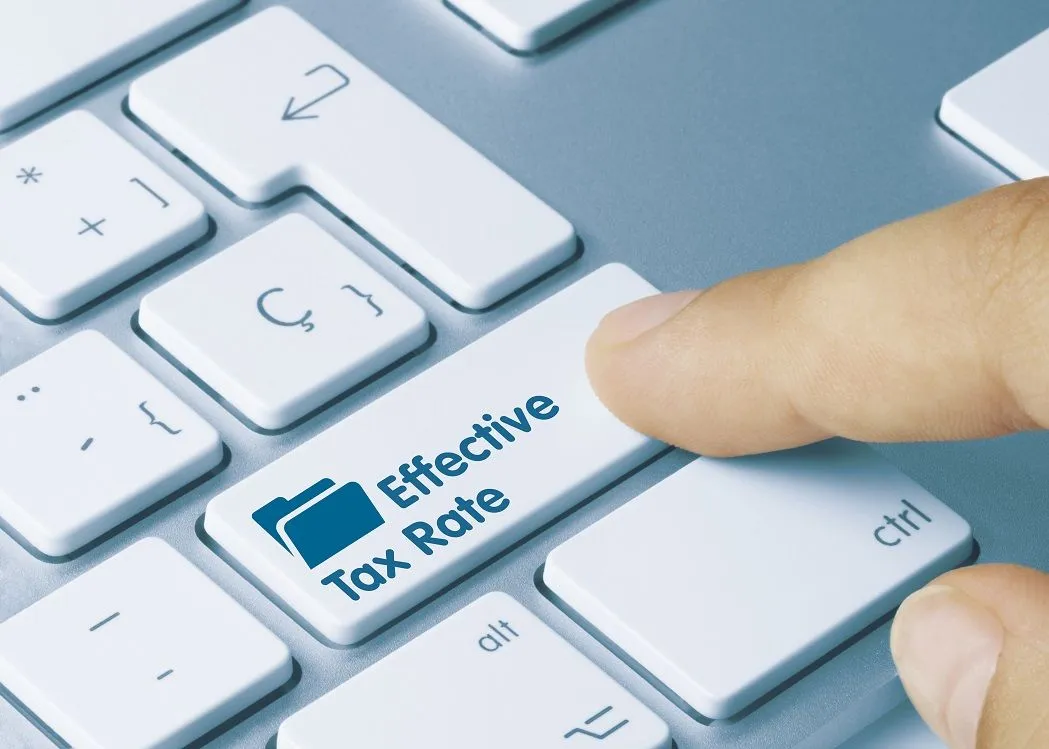Effective Tax Rates

The Institute on Taxation and Economic Policy has published a chart illustrating the effective tax rates of various income groups. The graph compares projected numbers for 2018 with numbers for previous tax laws. The chart also compares the share of taxes paid by various income groups versus their overall income. The graph shows that the top one percent of taxpayers pay 7.4% in federal and state taxes, while the bottom 20% pay an average of 11.4%.
The income statement is a key piece of information for determining a company’s overall financial health. It includes information about revenues, cost of goods sold, gross margin, operating expenses, interest, dividends, and taxes. It is a standard financial statement used by investors and financial analysts to determine a company’s profitability. Many companies do not disclose the actual percentage rate of taxation on their income statements, but the information in the income statement can help determine the effective tax rate.
An effective tax rate is the percentage of tax a taxpayer pays on a dollar of income. The effective tax rate takes into account any tax credits and differences between the taxpayer’s actual income and taxable income. This means that the effective tax rate for a particular year may vary dramatically from year to year. It can be difficult to determine the reasons for such variations. For example, a company may have made asset accounting changes to reduce its tax burden, or it may have changed its process to reflect operational improvements.
The average effective tax rate for an individual earning $40,000 in 2019 is 7.9 percent. The effective tax rate is determined by incorporating the standard deduction, marginal tax rate, and any other provisions that may apply. The average effective tax rate for the same income will be different from year to year, so it is important to understand the differences between the two.
The federal income tax system is a progressive system. Capital gains and dividends are taxed at a higher rate than ordinary income. As a result, the effective tax rate for the highest income taxpayers may be higher than the effective tax rate for the lower income taxpayers. A study by the CRS explains the differences between the statutory tax rates and effective tax rates. The data for 2010 and 2014 are included in the report.
Companies that are profitable in the United States pay about 13 percent of their worldwide income in taxes. Their ETRs include foreign taxes as well as state and local taxes. In contrast, those companies that are unprofitable pay very little to no tax. Because of this, the denominator of effective tax rates is much lower for unprofitable companies.
The top rate of the tax code is currently at 35%. This rate is expected to rise to 39.6% in 2024 or 2023 depending on which party controls the white house and congress. President Biden’s budget proposal calls for the 39.6% rate to apply to taxable income above $450,000 for married couples filing joint returns. It would also apply to taxable incomes above $400,000 for single filers, head-of-household filers, and couples filing separate returns.









